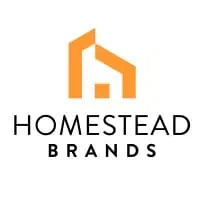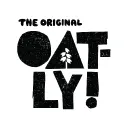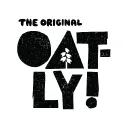Pricing as unique as your business.
At Red Stag Fulfillment, nothing matters more than precise, accurate, on-time fulfillment. Simple, seamless services that will win you repeat customers and more 5-star reviews.
Our team is your expert partner in fulfillment and logistics. Connect quickly with one of our knowledgeable staff.
These brands agree:





Trusted by the best in ecommerce

“Red Stag Fulfillment got us set up quickly and with little effort on our side. We were onboarded just in time for our peak season, and Red Stag right away delivered flawlessly. They even accommodated our last-minute changes by taking on additional order volume and inbound deliveries, all while beating the promised SLAs. The Red Stag team always replied, “Happy to help!” when we were in a bind due to our order volume being two times our forecast. Red Stag Fulfillment exceeded our expectations from the start. They have already become a valued partner.”
Chief Information Officer | HexClad
Outstanding client support,
backed by industry-leading guarantees

Dock-to-stock in 2 business days
We receive all shipments in less than two days because “Out of Stock” is never okay.

No shrinkage allowed
Once we receive your product, we won’t lose it or damage it.
P.S. Ask other 3PLs about their shrinkage allowance.

Pick & pack accuracy
We get the right stuff to the right customer, or we’ll pay you for the mistake.

On-time shipments
We get orders out the door on time, every time—available for same day shipping.
See what our clients have to say

Client support:
Login to Red Stag’s Client Support Dashboard
Looking for a job?
Returns or package issues?
Please contact the retailer you purchased from.



